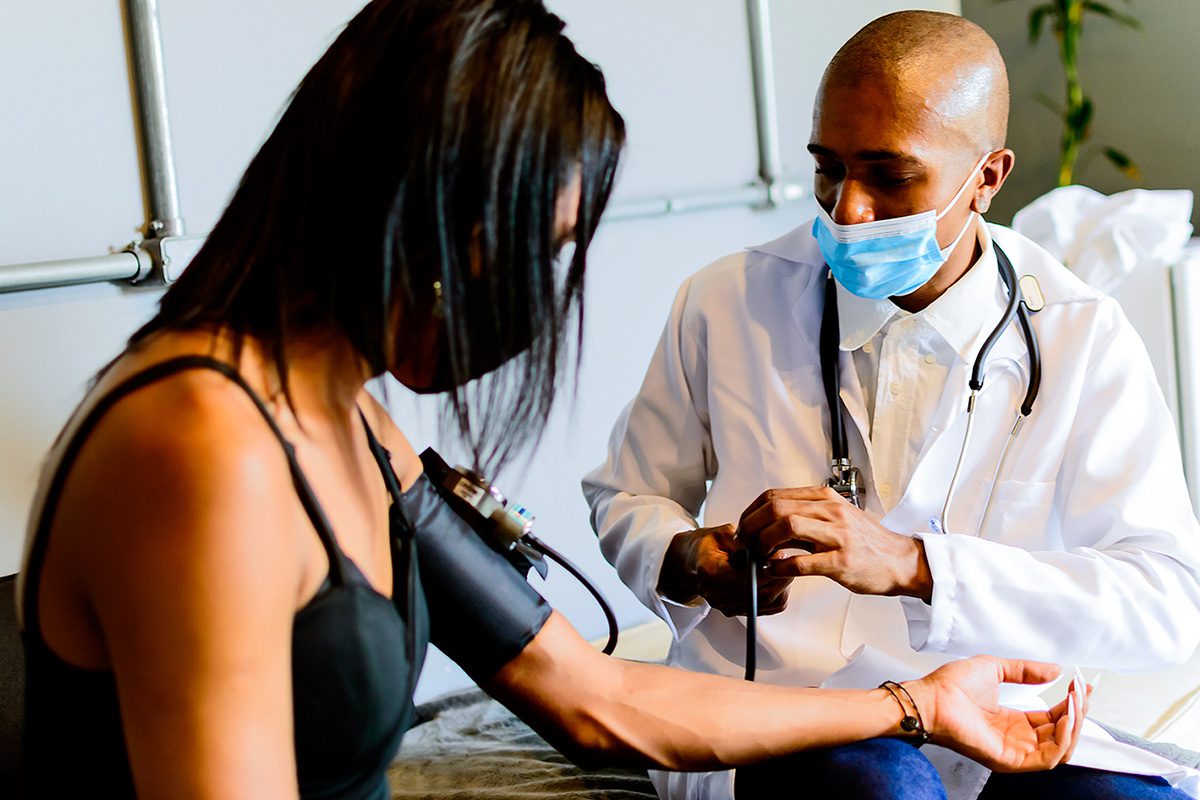Improving Health in the LGBTQIA Community

This is a time of unprecedented visibility for lesbian, gay, bisexual (bi), transgender (trans), and intersex people. I’ll use the term LGBTQIA to encompass this very diverse population.
With this visibility comes a recognition that LGBTQIA people experience many health problems at higher rates than the general population.
It’s important for everyone in the health care ecosystem to understand these disparities and their causes. It’s also important for friends, family members, coworkers, and employers of LGBTQIA people to know about these issues so they can be supportive allies.
Higher Incidence of Chronic Health Conditions
Here are some examples of health disparities documented among LGBTQIA people.
Lesbian and bi women experience higher rates of asthma, urinary tract infections, some cancers, cardiovascular diseases, and hepatitis B and C than straight women.
Gay and bi men report higher rates of cancer (with lower survival rates) and cardiovascular disease than heterosexual men.
In 2015, young black men who have sex with men (MSM) represented the highest percentage of new HIV diagnoses compared to all other subgroups.
Compared to cisgender people, trans people have higher rates of cardiovascular, neurologic, and endocrine conditions, chronic pulmonary disease, anemia, liver disease, renal failure, rheumatoid arthritis, cancer, HIV/AIDS, and peptic ulcer disease.
Then there are stark differences in rates of emotional and behavioral health problems:
What accounts for these health disparities? We can find some answers in the social determinants of health that LGBTQIA people face.
Social Determinants of Health
Social stigma, discrimination, and denial of civil and human rights take a heavy toll on LGBTQIA people, and contribute to their higher rates of health problems in many complex ways.
Interactions with the Health Care System
LGBTQIA people often have negative experiences seeking medical care — from disrespectful treatment to lack of awareness of their health needs. Many report that providers denied them care, used harsh language, or blamed their health problems on their sexual orientation/gender identity.
These experiences may lead some LGBTQIA people to conceal their sexual orientation or gender identity from providers, or avoid seeking care completely. Thus, they may not get important health screenings that could detect health problems earlier, when they’re more treatable.
For trans people, gender dysphoria can also be a barrier to getting appropriate screenings. Most trans men still have a cervix and should be screened for cervical cancer. Most trans women still have a prostate and should be screened for prostate cancer. Many health care professionals don’t understand this, which can make these screenings even more embarrassing for people already uncomfortable with their anatomy.
Likewise, intersex people have long struggled with the health care system. Many have been surgically modified at birth to match their assigned gender — without their consent, and without being told about it afterwards. Or they’re constantly told they should get these surgeries at a later age. Is it any wonder if they distrust the health care system?
Continuing to Challenge Stigma
This year, a monkeypox outbreak is raising health concerns in the U.S. and worldwide. While it’s not an exclusively sexually transmitted infection, it is spreading most rapidly among MSM and others who are sexually intimate with MSM.
As someone who vividly remembers the AIDS crisis in the 1980s, I worry that monkeypox will be dismissed as a “gay disease,” forcing an already marginalized community to challenge stigma, shame, and fear. It may also create conscious and unconscious bias among health care providers, as it did with AIDS. We can’t let that happen again.
Discrimination directly and indirectly causes higher rates of chronic health conditions in the LGBTQIA population. And LGBTQIA people are currently experiencing a massive increase in hate speech and violence in the U.S. This growing climate of hostility is only likely to worsen LGBTQIA health disparities.
Some organizations are lobbying for better training about LGBTQIA health in medical schools. That could make a big difference. Right now this topic receives very limited attention in the medical curriculum, leaving providers ill-informed and creating barriers to care.
We All Have a Role to Play in Improving LGBTQIA Health
Like other minority populations, LGBTQIA people face significant health disparities. And that’s not okay. Here’s what you can do:
If you’re LGBTQIA: Please prioritize your physical and emotional health! Take care of yourselves and each other. Get the screenings you need to catch health problems early. Seek out supportive, knowledgeable health professionals, and don’t tolerate disrespect.
If you’re a health professional: Please try to empathize with LGBTQIA patients. Educate yourself about their unique needs. And listen to them; they have a lot to teach you!
If you want to be a good ally: Stand up for your LGBTQIA loved ones. Encourage them to stay healthy and get help for their health issues. And challenge ignorance, homophobia, misogyny, racism, and conscious/unconscious bias wherever you see it.
We all deserve the same opportunities to enjoy good health. That’ll take a lot of work. Let’s do it together.







